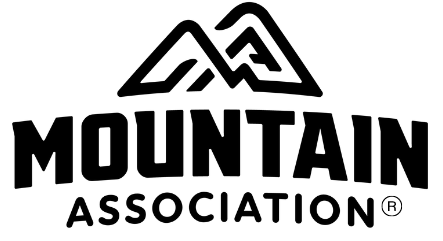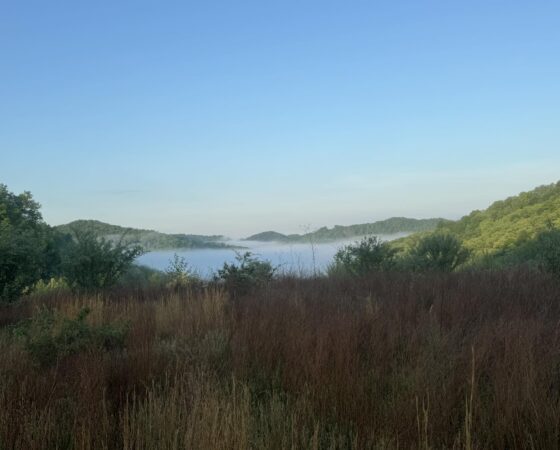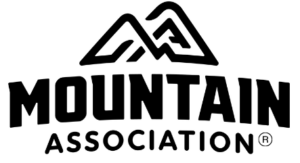Earlier this month, President Obama announced a new initiative to fight poverty in some of the neediest places in the country – including southeast Kentucky. The Promise Zone Initiative is a new program that gives these communities priority for federal funding, and technical assistance in applying for it. In southeastern Kentucky, the program will be administered by Kentucky Highlands Investment Corporation (KHIC), a small business lender with a long track record of success in the region.

The Promise Zone announcement was met with much fanfare and news coverage, but what does it really mean for the region? And will it make a difference when there is so much to be done?
Bell, Clay, Harlan, Letcher, Leslie, Perry, Knox, and part of Whitley County make up the eastern Kentucky Promise Zone. They have an overall poverty rate of 30 percent and an unemployment rate close to 13 percent. High school graduation rates range from 59 to 71 percent, and college graduation rates range from 8 to 12 percent.* Clearly, these counties need assistance.
KHIC’s president has said their plan for the region includes job creation, increasing economic activity, improving career educational opportunities, reducing drug-related crime and improving broadband access. Career and college readiness, small business loans, entrepreneurship training and technical education programs are part of the strategy.
All of these are great goals, and KHIC and its partners in this effort (including Operation UNITE, area universities and technical colleges, the Center for Rural Development and the University of Kentucky Extension) certainly have extensive experience and success in the region. There aren’t a lot of specifics yet, but there is a lot of reason to be hopeful that these partners will make an impact in the region through the Promise Zone initiative.
We do know a few things: more than $4 million will be available for small business loans in the region, and Governor Beshear has requested budget allocations to expand broadband access in the mountains. But being a Promise Zone doesn’t come with any dedicated funding, just priority status – a common criticism of similar programs.
Given these limitations, it’s not surprising that there is skepticism about the Promise Zone designation. A New York Times article states, “local workers and officials — even while welcoming any help that towns like Hazard could get — voiced skepticism that there was much the government could do to fundamentally turn around the economy.” And a professor who has studied the issue said, “There’s a real gap between the amount of private and public disinvestment in these areas and the scope of the public intervention.”
One of the red flags in the Promise Zone initiative is the desire to enact legislation that will “cut taxes on hiring and investment.” These kinds of policies are typically intended to lure in businesses from outside the region and can result in a “race to the bottom” economically as impoverished areas sacrifice wages, benefits and much-needed tax revenue in exchange for jobs. And these jobs often don’t stick around if the business gets a better offer, or when tax incentives dry up.
These types of policies have not had a record of success in Appalachia. The New York times article quotes a former coal miner: “We’ve had Fortune 500 companies come in here, stay long enough to get their tax credits and get out.” He “point[s] out the empty shells of factories built with federal money and later abandoned.” The article goes on to say “past enterprise zones have a modest track record. Many seem to have no effect. Others seem to simply subsidize business investment that would have already taken place, or to move business from one county to another without helping the economy over all.”
Instead, we should be offering incentives to local businesses that expand their enterprises and hire locals. KHIC cites their record of success in this area – 10,000 of the 18,000 jobs they’ve helped create came from “homegrown entrepreneurs” who are “less likely to leave the region.” We are encouraged that the Promise Zone plan includes entrepreneurship education. It is also encouraging that the KHIC’s partners have a history of working with people on the ground. Any initiative to revitalize Appalachia needs to involve local people, use local knowledge, build local capacity and connect local people to new opportunities.
It will take more time and more specifics to know what impact the Promise Zone will have. Will it be enough to turn around eastern Kentucky’s economy? No one initiative will be enough. It is clear that transforming the region will take many years, multiple strategies, and as many resources as we can get our hands on. We can’t let our skepticism get the best of us, and we can’t be deterred by missteps, because there are bound to be some. As Jerry Rickett says, “Setbacks are not just a part of life; they are a part of success — if you keep striving.”
The federal government has long given Appalachia the short shrift when it comes to investment, especially in light of the multiple negative impacts of coal production in the region. While the Promise Zone could certainly go further, giving southeast Kentucky priority for funding is a start. And the work of KHIC and its partners won’t happen in a vacuum. The SOAR Initiative appears to be moving forward;, the USDA has given many eastern Kentucky counties its StrikeForce designation; and, in communities around the region, people are working together to create a new vision for Appalachia.
*Data from US Census Bureau American Community Survey
Photo of downtown Barbourville (Knox County) by flickr user w. marsh.





